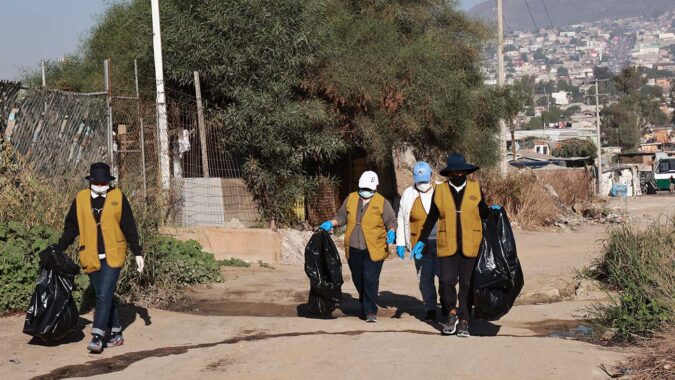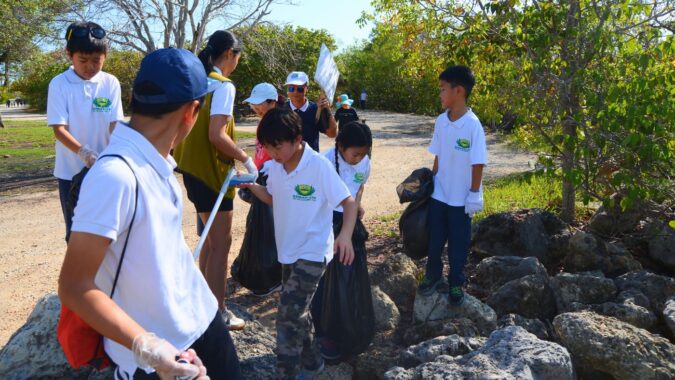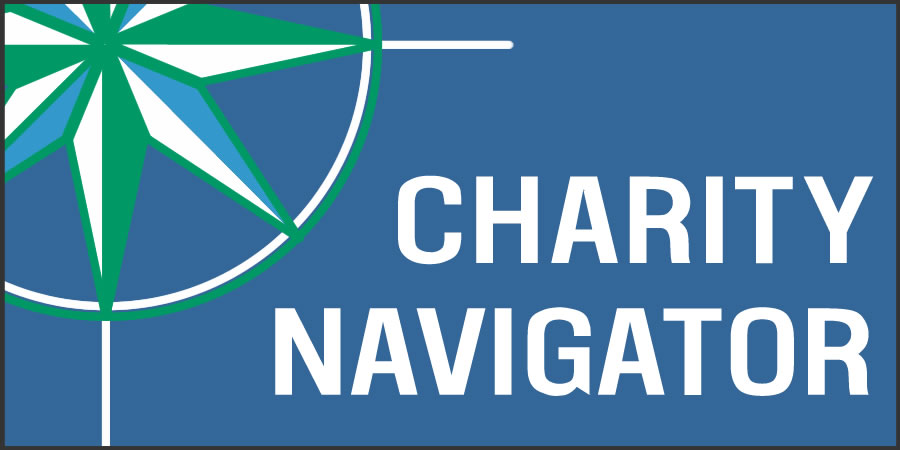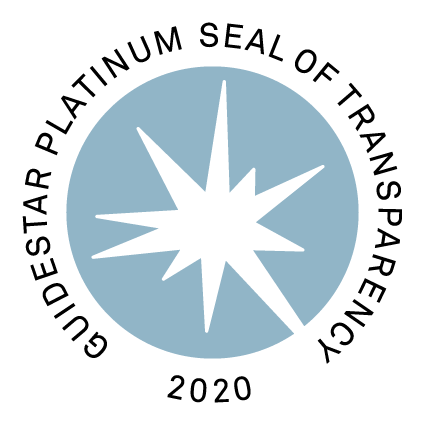
Now that you know more about the detrimental effects of plastic pollution in our oceans and why it’s so important everyone does their part, it’s time to talk about what you can do in your everyday life.
For many, the issue may still seem so far removed, but we’ve compiled this list of twenty-five things that can help you slowly- but surely- reduce your dependence on single-use plastics.
And while this list won’t help you eliminate all plastics in your life, you’ll at least be more mindful about the next time you make a purchase or need to throw something away. Let’s begin!
It All Starts At Home
1.Keep everyone at home hydrated via filtered water.

While many prefer the taste of bottled water to tap- or in many cases when consuming tap water isn’t advised- know that in 2006, the average American went through about 167 bottles of water, but recycled less than a third of that amount. And that’s just per person.
To help reduce the amount of single-use plastics that end up in our landfills and oceans then, try making the switch to filtered water at home.
On a budget, a water pitcher with built-in filter is a great start. But if you can dish out more, invest in a water filtration system that’s hooked up to your faucet. Just be sure that, with both options, you periodically replace your filters to keep buildup at bay.
2. Drain decisively.

Aside from what normally goes down your household drains (from sinks, tubs, showers, and toilets), materials like cat litter, prescription medications, or phosphate-rich cleaners should never go into our water systems.
While our household sewage is almost always treated using refined processes at treatment plants, there is a small, federally allowed, percentage that goes untreated and is still released back into our waterways. This gives strong toxins found in some of these materials the chance to slip in, which can have detrimental effects on marine life and humans (especially pregnant women) who may consume this water later.
Instead, dispose of cat litter, pet waste, and prescription meds in regular trash, and make the switch to phosphate-free household cleaners. Beware of labels like biodegradable, all-natural, green, and even organic; these are wholly unregulated terms often intended to sound more marketable.
3. Wash synthetic fabrics differently.
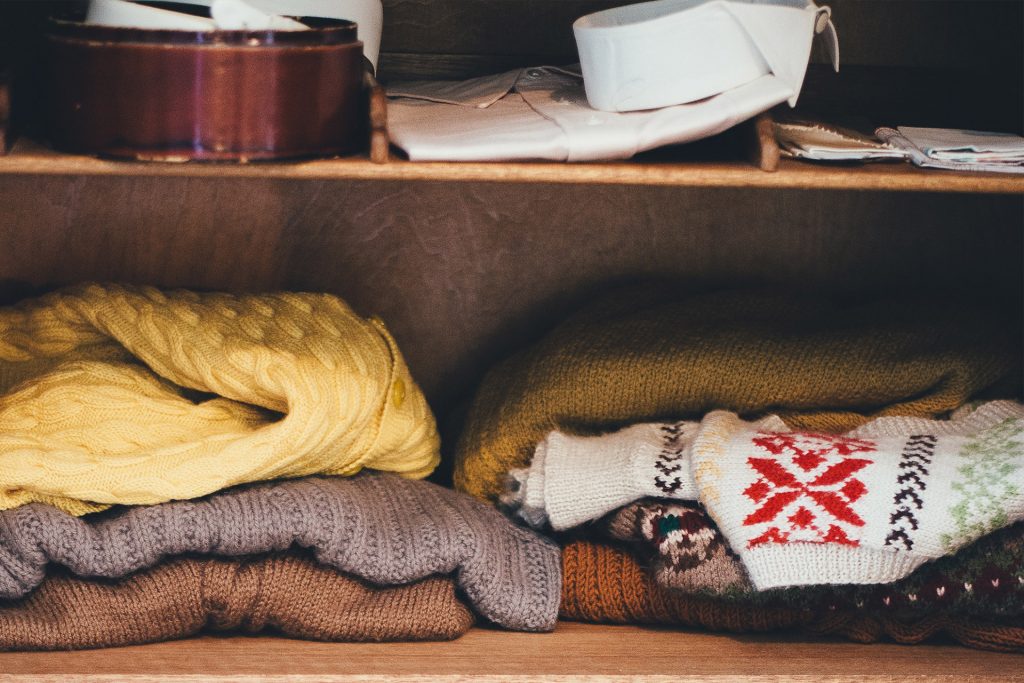
Synthetic materials like polyester, rayon, acrylic, and nylons release tiny fibers of up to less than 5 millimeters everytime they are washed in our laundry. In a given load, an ordinary fleece jacket will release up to 2 grams of microfibers into water. These microfibers are known to have found their way into oysters, crabs, and other marine life that is often fished for consumption.
The solution?
When you need to wash that favorite top of yours, your warm fleece sweater, or comfy sweatpants, ensure you do so in cold water (so as to encourage as little release of microfibers as possible), as infrequently as possible, and only when the laundry load is full. Then, on your next shopping trip, look for garments and linens made from natural fibers, like cotton, silk, and wool, which biodegrade in water faster than their plastic counterparts.
If you have room in your budget, buy a microfiber-catching laundry bag or consider investing in a laundry filter. And if you have even more room, switch out your top-loading machine for a front-loading one (you’ll reduce the amount of microfibers released by up to 7 times!).
4. Go plastic bag-free in your trash bins.

After we’ve separated all our recyclables, most of us still have substantial trash to throw out at home (hurray if you don’t!). This creates another problem: we constantly buy bags just to throw out, well, what we throw out.
Instead of plastic trash can liners, you can either use compostable trash bags, or skip the purchasing process altogether and line your bins with newspaper and a layer of wax paper to prevent leakage. Better yet, just go liner free and just rinse out your trash can often with a green cleaner.
Beware of bags labelled as biodegradable, though. While they may truly be that, US landfills are required by law to block out air, moisture, and sunlight, which is everything biodegradable items need to actually biodegrade. So, biodegradable bags may as well just be another plastic bag.
You Are What You Eat
5. Show off your style with a fun tumbler and bottle.

Ever wonder why liquid never leaks through a paper cup? That’s cause it’s lined with a thin layer of plastic, making it unfit for recycling.
Instead, use a tumbler for liquids hot and cold, and in a style and size of your choosing. With ones that look like camera lenses, or have that sleek or vintage look, you’ll be sure to find one that expresses the uniqueness of you!
Alternatively, find a lightweight bottle for water, juices, and even fizzy drinks on the go. While we hope you won’t drink too much of the last one, at least you’ll be saving the world from one less wasted bottle, especially when fountain beverages are on the menu.
Whie you’ll also be reducing your plastic bottle use, some cafes even offer a modest discount if you bring in your own cup. If they don’t, talk to the management of your favorite coffee shop to see if they’d be willing to offer one.
6. Drink straight from the cup and say no to straws (stirrers, too).

Americans use over 500 million straws a day. That’s enough to fill 127 school buses, totaling to 46,400 a year!
According to For a Strawless Ocean, they’re often “too lightweight to make it through the mechanical recycling sorter. They drop through sorting screens and mix with other materials and are too small to separate, contaminating recycling loads or getting disposed as garbage.” It’s the same case for the straw’s smaller cousin, the coffee stirrer, too.
Now, with many municipalities, states, and even countries now trying to ban single-use plastic straws and raise awareness around the issue, you can do your part by asking your server not to include any straws- or even lids, when appropriate- in your next beverage order. You can also add your sugar to your cup first and dissolve it in your hot beverage to avoid using a stirrer.
But when you’ve got to go with a straw, be it for medical reasons or other, use rewashable metal straws or compostable paper straws, which often come in different colors and designs for parties. On the topic of drinks though…
7. Get loose with your tea.
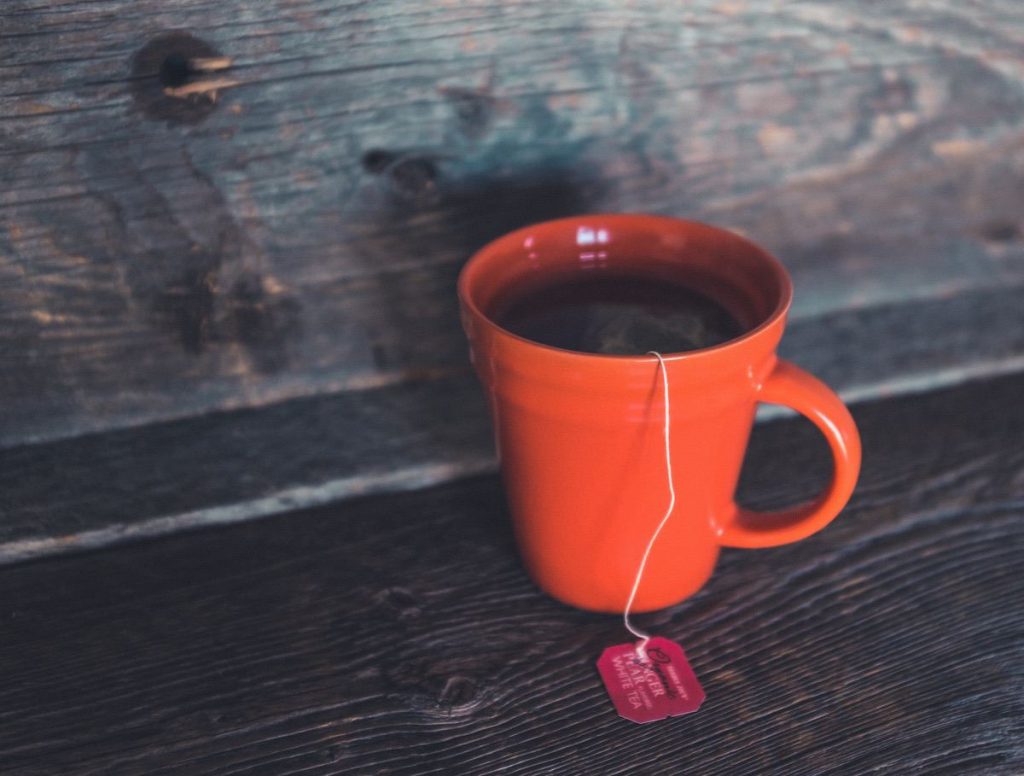
Get the same caffeine fix you crave while opting for loose leaf teas and avoiding teabags. Many on the market are now made with a silky mesh and sometimes come in individual plastic wrappers. Though those may be more obvious culprits, even mostly paper ones may only be up to 80% biodegradable.
Many teapots on the market now come with in-pot strainers, though an over the cup strainer is a popular option. But, if you’re brewing solo, try an individual strainer ball or tea leaf infuser in your favorite cup or mug. Once you do, you’ll relish in the loveliness loose varieties have to offer. There really are so many different flavors to choose from, including these teas found at the Jing Si Shop.
Still, if loose leaf teas add too much stress to your tea time, at least avoid teas those silky plastic sachets.
8. Travel in style- and with your own cutlery.

Each day, Americans use over 100 million single-use plastic utensils. Convenient though they may be, biodegradable they are not.
Instead, bring your own cutlery when you travel or invest a small travel set that can be left in a purse, bag, or glove compartment for easy storage. Even if sustainability and being eco-friendly isn’t on your mind, it will at least come in handy anytime you’ll need an extra fork, spoon, knife, or even pair of chopsticks on hand.
9. Use alternatives to plastic cling wrap.

Though plastic wrap has been around for decades now, we have a lot of creative alternatives depending on the item.
For drier goods, wrapping them in tea towels (and using a string or rubber band if need be) is a great and rewashable choice. If you need to seal moisture in, try wetting the cloth a bit to keep it as cool as a cucumber.
On the other hand, for prepared foods, glass and other dishes are great for reheating, refrigeration, and can be dishwasher safe. But, if you’re on the go, wrap small items in reusable papers like wax, parchment, and beeswax.
Into DIYing? Learn how to make your own beeswax wraps here.
On The Go
10. Use your own coffee mug

Carry a reusable coffee cup or flask when visiting your favorite coffee outlet. Around 16 billion coffee cups are thrown away every year around the world! Most of these can’t be recycled, meaning most spend up to 50 years in landfill, after lasting just minutes in your hand. Many coffee shops offer a discount when you use your own cup, and there are tons of eco-friendly and stylish options to choose from. Why not go for a Jing Si mug?
11. Bring your own shopping bags to the store

Up to 1 trillion plastic bags are discarded every year, and a single plastic bag can take 1,000 years to degrade. Bring your own reusable shopping and produce bags to markets, and avoid those single-use plastic bags. You can purchase or make your own reusable produce bag, just be sure to wash them often. Check out this multi purposeful bag from the Jing Si shop!
12. Skip on plastic utensils

Don’t use plasticware at home and be sure to request that restaurants do not pack them in your take-out box. Refuse disposable plastic wherever you go. Instead, try reusing durable, non-toxic straws, utensils, to-go containers, bottles, bags, and other everyday items. Choose glass, paper, stainless steel, wood, ceramic and bamboo over plastic. Take a look at these Jing Si utensils that promote the vital message of sustainability and love for the planet.
13. Avoid unnecessary plastic packaging at stores

Often products are packaged in unnecessary packaging that only serve to provide an aesthetic appeal. To avoid this, opt for products that skip on the extra packaging. Instead of buying pre-packaged slices of cheese for example, you can simply go to the deli counter and request a desired number of slices cut. Many shops even offer products like nuts, coffee beans, cereals, pasta and beans without packaging. All you need to do is bring your reusable bags or jars. Wherever possible, opt for cardboard as opposed to plastic for your fruit juices, washing fluids, detergents. Remember to pass on any items you see at a store that uses excess packaging!
Simple Lifestyle Changes
14. Get the plastic out of your bathroom

Boycott microbeads. Those little plastic scrubbers found in so many beauty products—facial scrubs, toothpaste, body washes—might look harmless, but their tiny size allows them to slip through water-treatment plants. Unfortunately, they also look just like food to some marine animals. Opt for products with natural exfoliants, like oatmeal or salt, instead. Check out some eco-friendly and organic soaps made by the Jing Si shop!
15. Green your style

Choose clothing and other personal items made from earth-friendly materials instead of microfibers and other synthetic fibers, which pollute our water when being washed. Also, support sustainable brands to take business away from polluting companies in favor of ones who care about people and the planet. How about these sustainable skid-free socks to get started?
16. Party the sustainable way

Big events should be a worry-free celebration, and what better way to celebrate than to take care of the planet while you’re at it. Say no to balloons — especially if they’re going to be released outdoors. They can travel for miles and end up as litter on land or out in our oceans. Also say no to plastic toys and other party bag fillers, and use real plates, cups, and cutlery. Kick it up a notch and use rice or recycled paper instead of confetti. Commercial confetti is filled with tiny sparkly bits of plastic which looks pretty in a photo but is devastating to marine life.
17. Recycle the right way
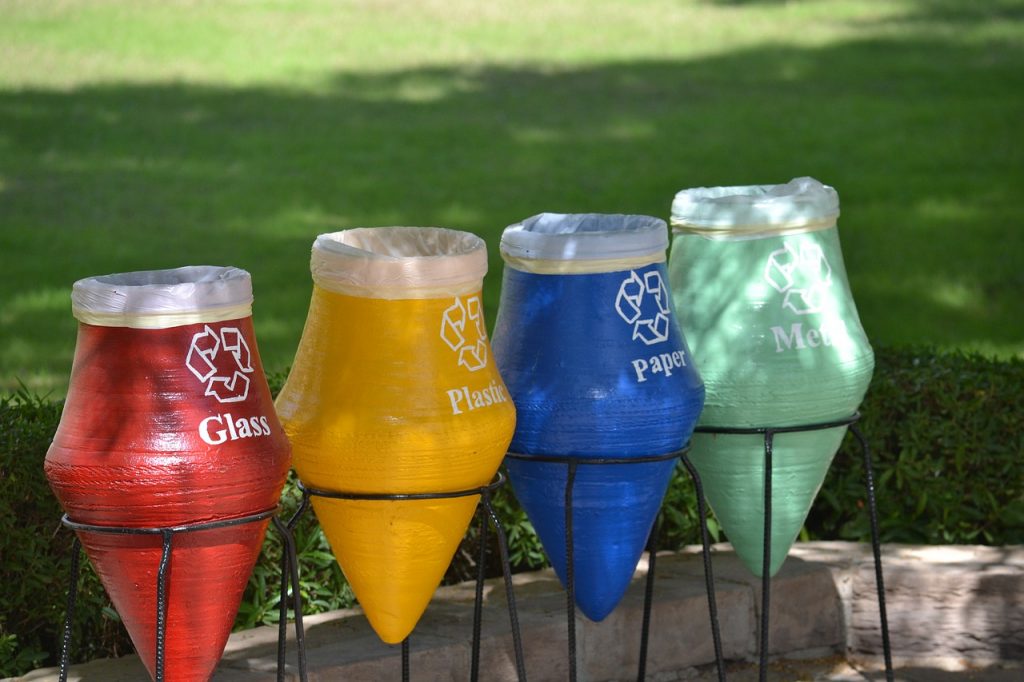
While everyone knows they should be recycling by now, even the best of us still don’t always get it right. Turns out, we recycle only a fraction of the plastic waste we produce, and that’s partly due to poor recycling techniques. Remember to rinse out your containers. Otherwise they might contaminate plastics around them and end up in a landfill. Also, avoid tossing out recycling in a used plastic bag. What might seem like a smart idea turns out to be potentially damaging to recycling machinery.
Take A Step Further
18. Get active in your community

Join a local clean up crew to clean up the trash left near creeks and rivers to help stop the waste before it reaches the ocean. Throw a plastics-free party and challenge your friends to get creative. Set guidelines for the next birthday party, by adding a “We love our ocean — please no plastic presents” on the bottom of invitations. Have any ideas? Share with us through a #PassOnPlastic Challenge submission!
19. Take a pledge to reduce your plastic use
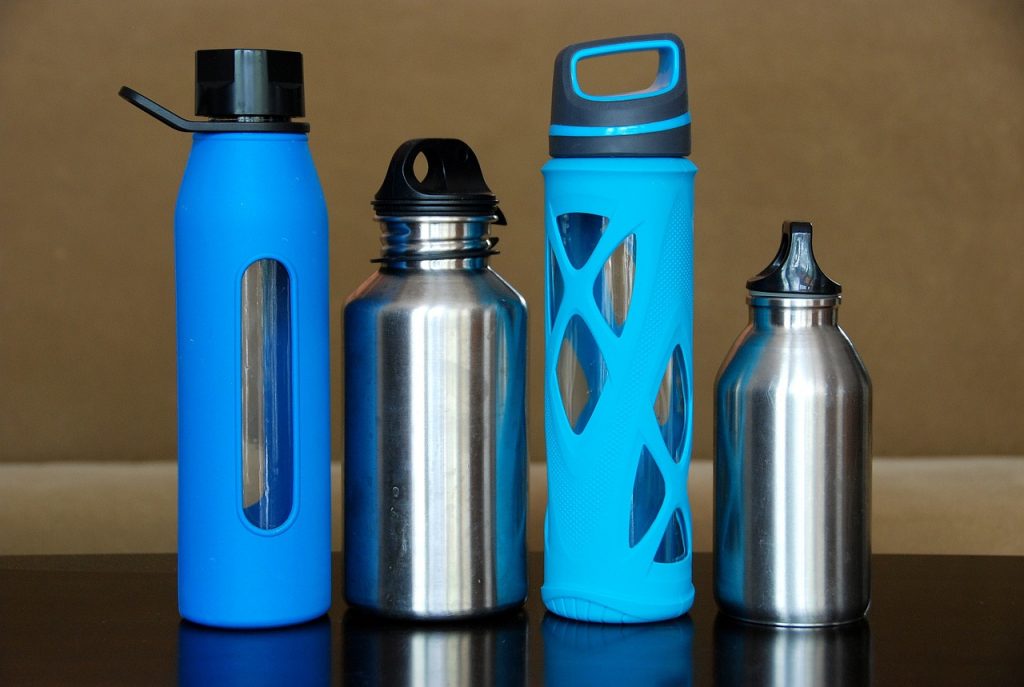
Be an ocean protector! When everyone becomes an ocean advocate, we can really become the solution to ocean plastic pollution. Pledge to take on the #PassOnPlastic Challenge with your Tzu Chi family. Show us through a submission how you’re passing on single-use plastic and protecting our planet. Don’t forget to nominate a friend! Click here to see how you can make your commitment to #PassOnPlastic.
20. Spread the word and educate others
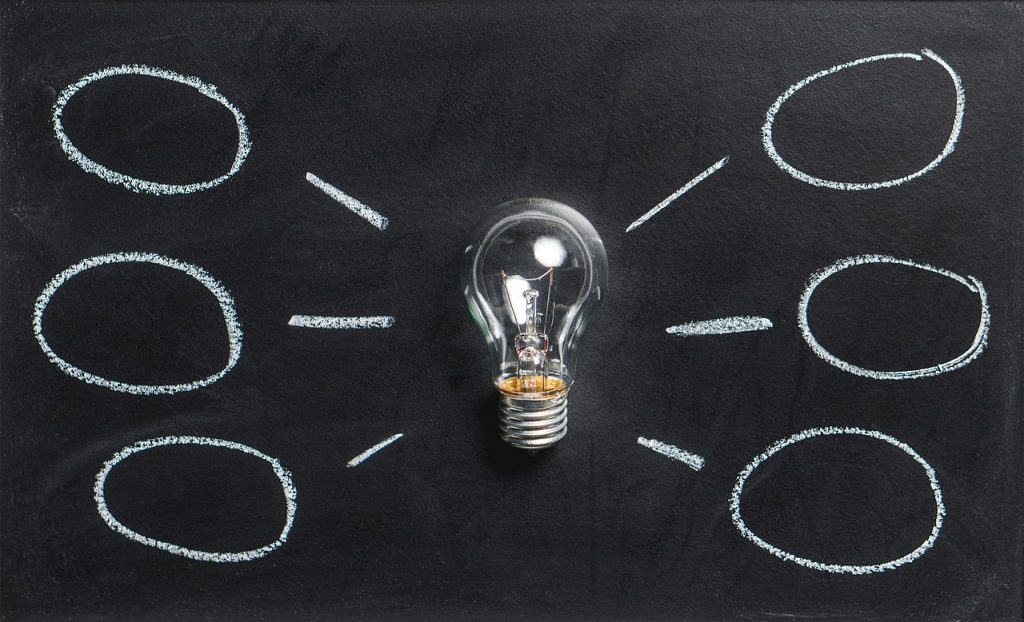
Stay informed on issues related to plastic pollution and help make others aware of the problem. Tell your friends and family about how they can be part of the solution, or host a viewing party for one of the many plastic pollution focused documentaries. Also, remember to pass on the #PassOnPlastic Challenge!

